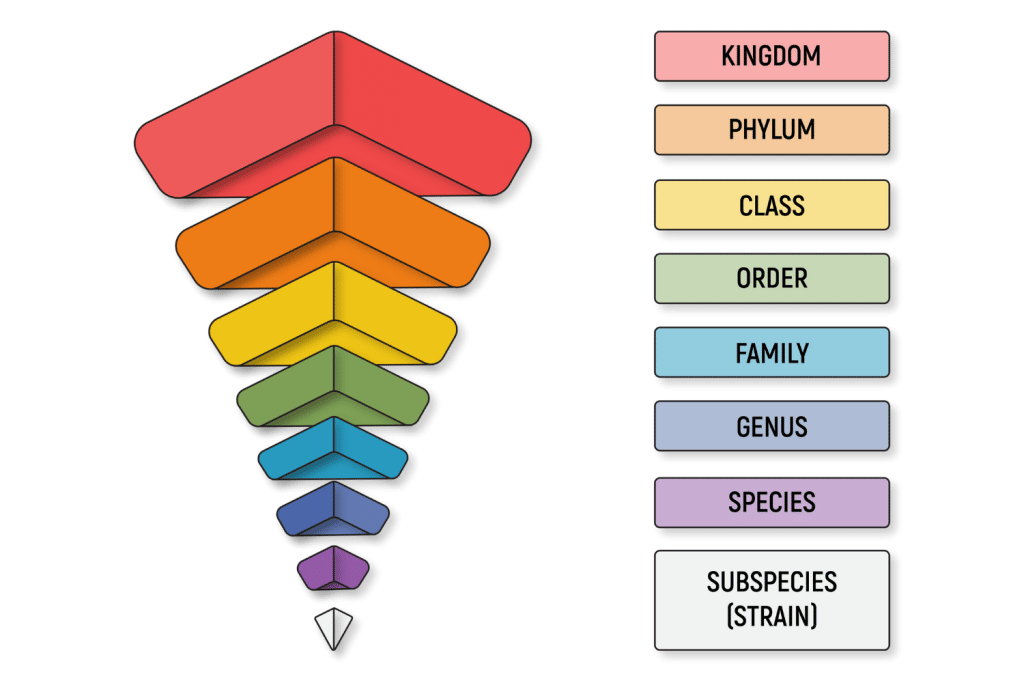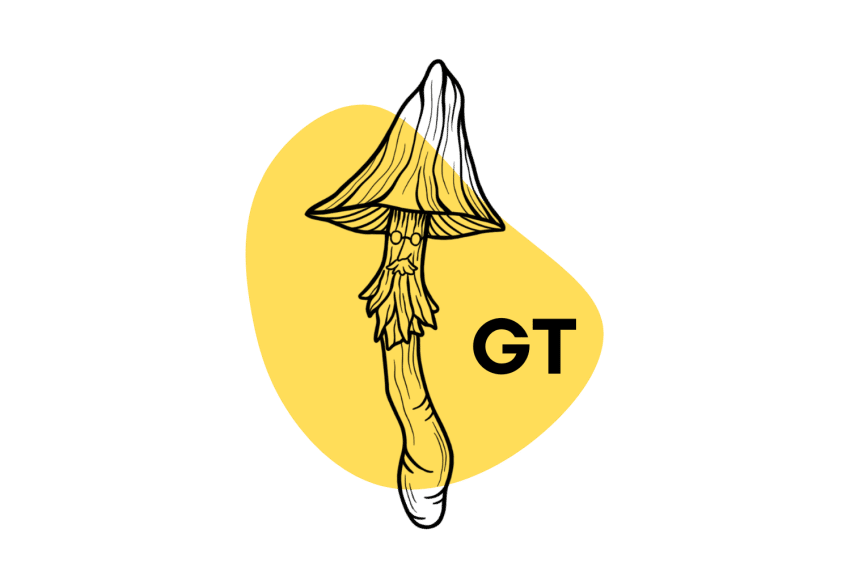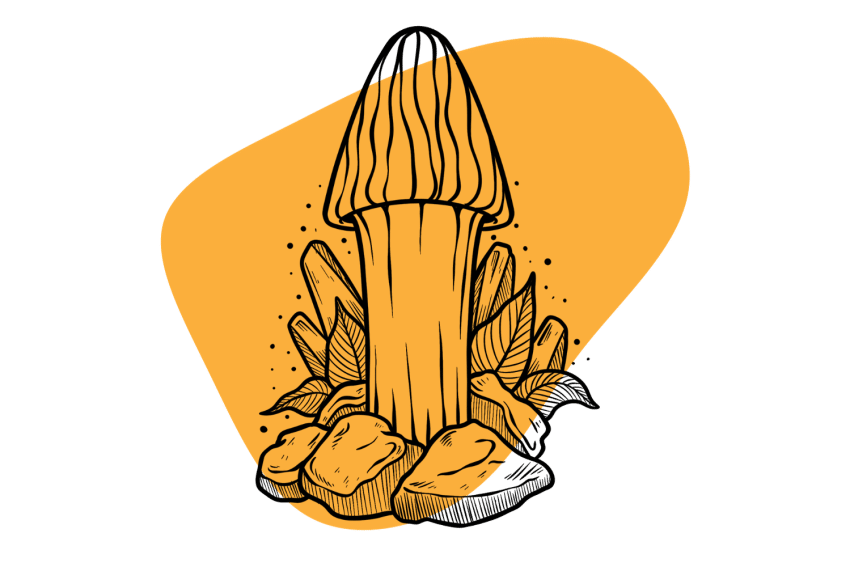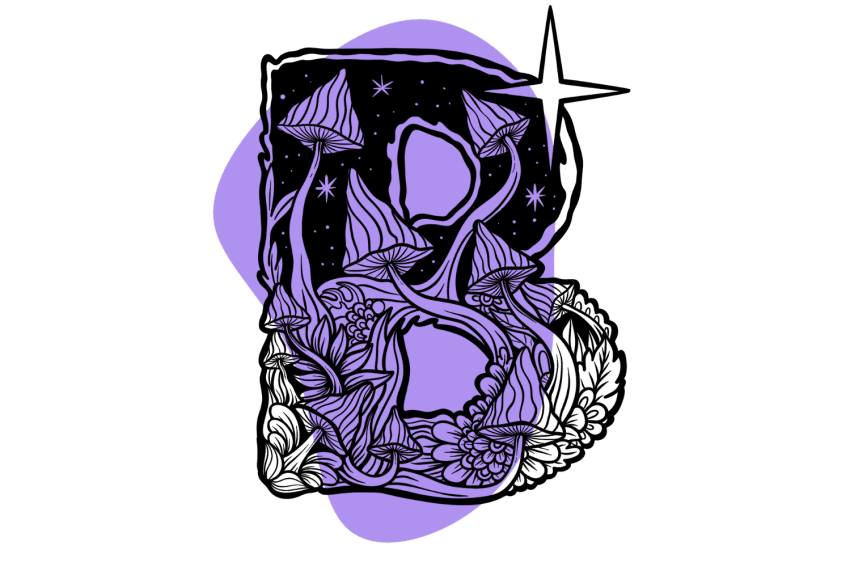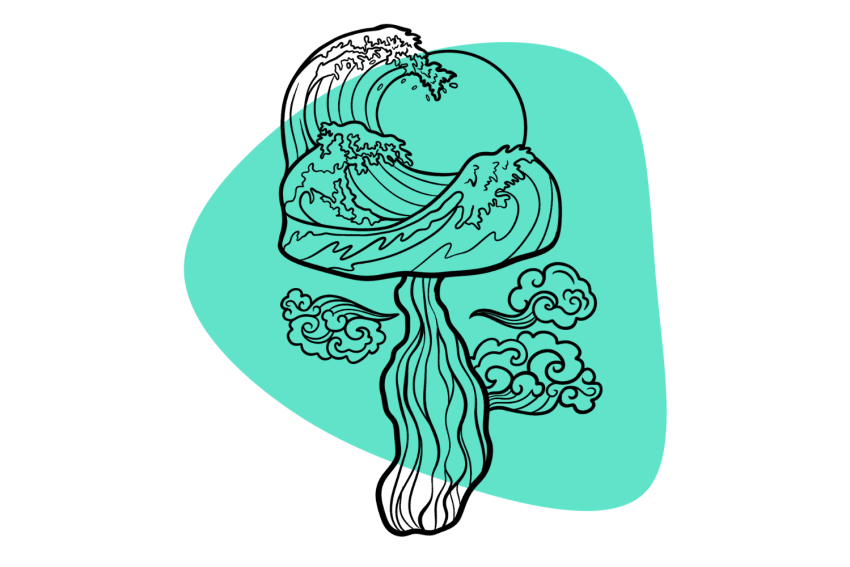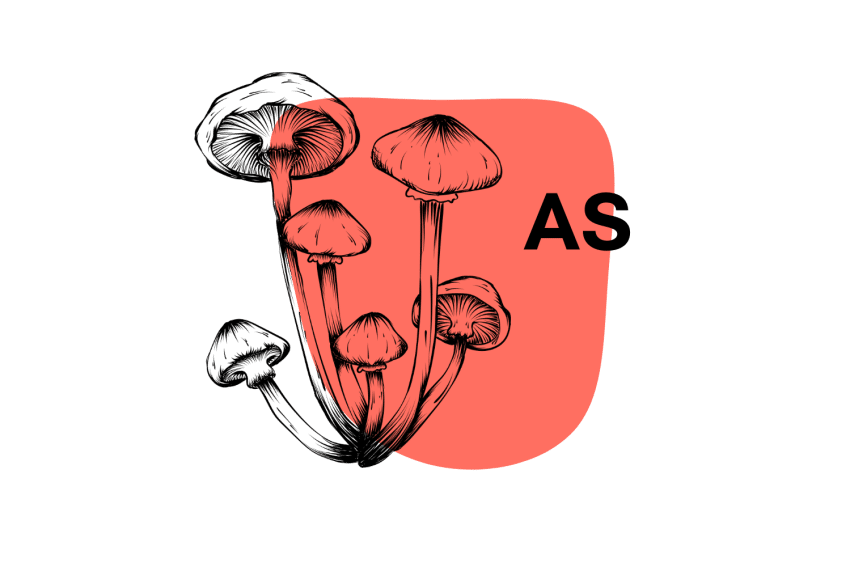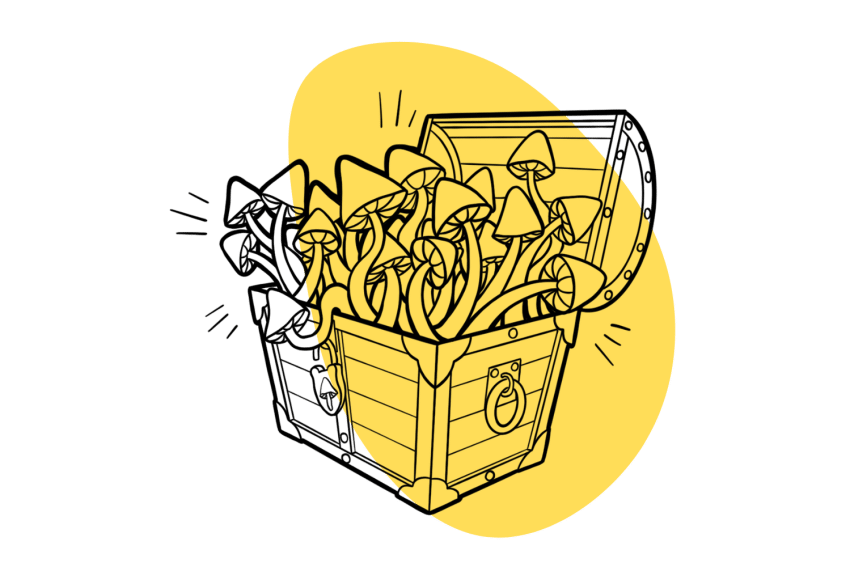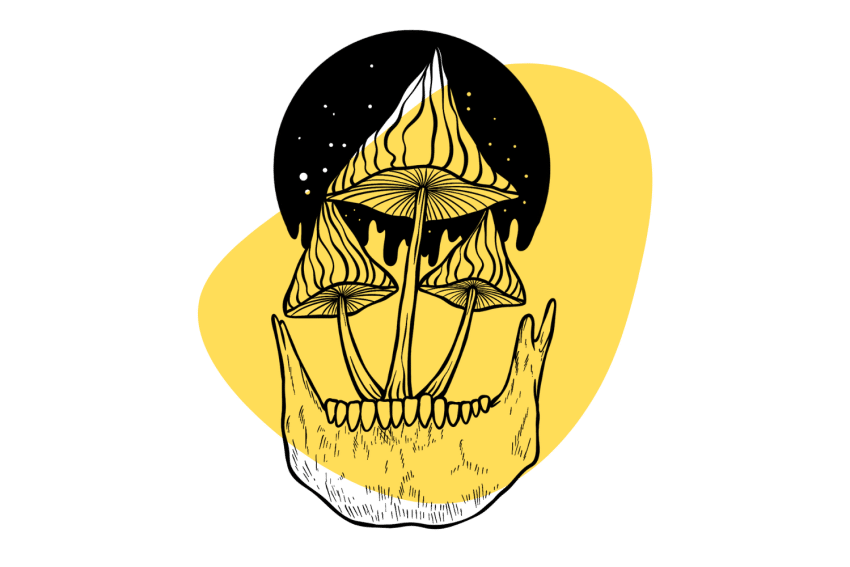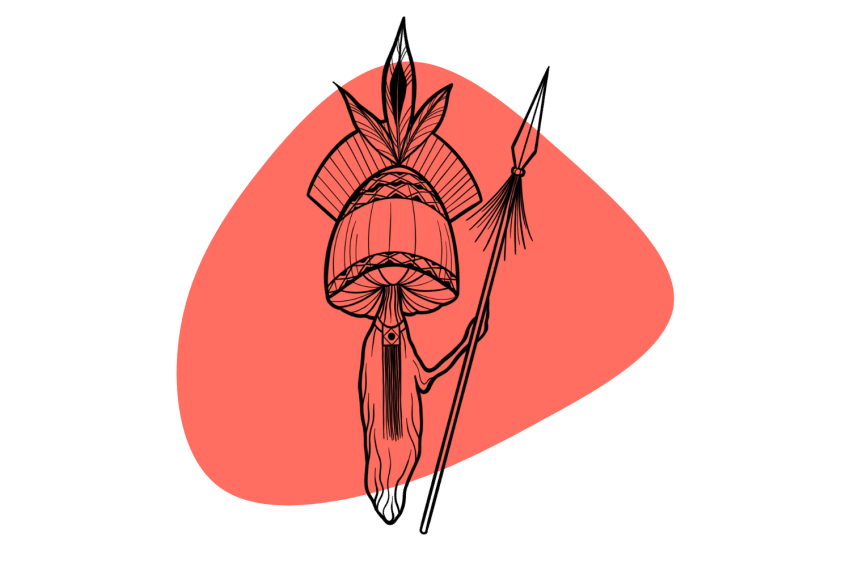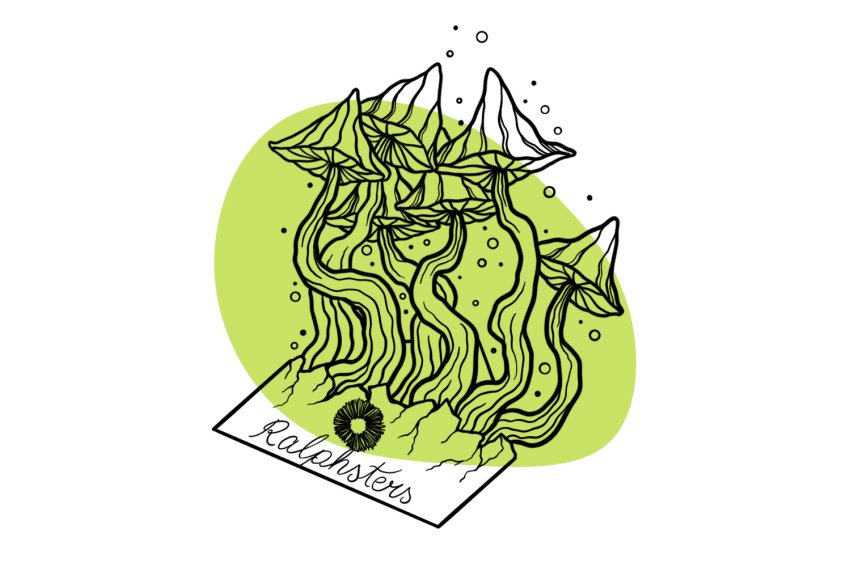The Argentina Shroom Strain is One of the Most Productive Shrooms to Cultivate
If you’re looking to grow magic mushrooms and want something productive, look no further. The Argentina strain is known for being a prolific flusher — often exceeding the 10+ flushes from a single cake.
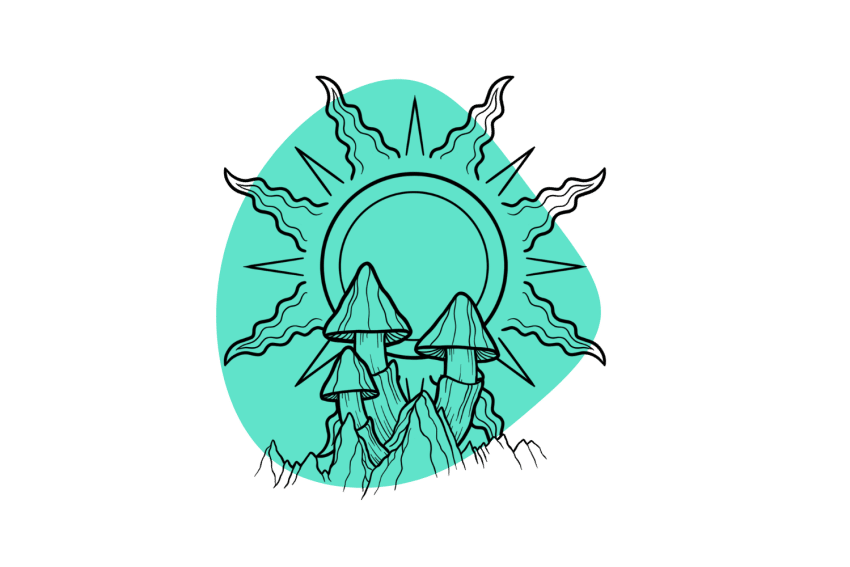
Argentina shrooms are a strain of magic mushroom belonging to the most common psychedelic mushroom species: Psilocybe cubensis.
This strain is best known for how easy it is to grow and for its exceptionally long-lasting harvest cycles.
While not everyone will be so lucky, there are numerous reports of mushroom growers harvesting in flushes reaching into the double digits. They just keep going!
These shrooms have an average potency and provide relatively mild visuals and a much deeper body trip than many other strains.
Like other strains of this species, Argentina shrooms contain both psilocin and psilocybin which are responsible for the mushrooms psychedelic effects.
As the name suggests, Argentina shrooms originated in Argentina, specifically in the mountainous rainforests around Tafi del Valle in Northern Argentina. The original sample is thought to have been collected in the late 1950s or early 1960s — making this one of the oldest strains on the market today.
Argentina shrooms thrive in particularly moist, warm climates in the summer months. Most growers find that they do well in indoor growing conditions with consistent humidity and temperature controls. They do particularly well with a quick dunk in cold water (10–20 minutes) between flushes to keep them well hydrated.
Argentina Shroom Specs
| Potency | Average 🍄 |
| Cultivation | Beginner |
| Species | Psilocybe cubensis |
| Substrate Recommendation | Rye Grain or Brown Rice Flour |
| Cost | $ |
| Sold By | Sporeslab, Spores 101, High Desert Spores, Mushroom Prints |
History of Argentina Shrooms
Argentina magic mushroom spores were first harvested and isolated in 1958 in the northern part of Argentina. Specifically, the spore sample was taken from Tafi del Valle, a city whose name roughly translates to “town in the valley with a splendid entrance.” Unfortunately, no information is available about who first identified and isolated this magic mushroom strain.
This magic mushroom species belongs to the section — a taxonomic label that lies below genus but above species — of zapotecorum. Many other shroom species native to South America belong to this section.
Argentina Shrooms Potency & Psilocybin Content
The potency of a magic mushroom strain refers specifically to the psilocybin and psilocin content by dry weight of a fruiting body (a physical mushroom). These levels can vary wildly from sample to sample within a strain, so the potency of most shrooms is a rough estimate. The levels of these psychedelic chemicals also vary between species, although inter-species differences tend to be far more significant.
Some estimates for Argentina shrooms come in between 0.25% and 0.75% of psilocybin by weight, while significantly higher estimates suggest the potency of psilocybin and psilocin combined could reach up to 2%.
For comparison, the average shroom belonging to the species Psilocybe cubensis has a combined psilocybin and psilocin potency of around 0.50% – 0.90% by dried weight.
Generally speaking, it’s better to compare the potency of different shroom strains based on overall user experience, primarily because the estimates can be quite far off, and the potency can range so much. Most people who take Argentina shrooms report an average level of psychedelic experiences.
Most state that the trip comes with pleasurable visuals that aren’t too intense, as well as a deep sense of connection with the world. As such, this is a popular strain for exploring one’s spirituality while maintaining a calm mind and a moderate sense of euphoria.
Where to Buy Argentina Spores
Argentina shrooms spores are pretty widely available. Their popularity is likely due to their aggressive fruiting, which can produce up to or more than about 10 flushes. Although the size of the mushrooms is nothing special, the abundance with which they can be harvested makes them a popular magic mushroom strain to grow.
There are several reliable sources you can turn to if you’re looking for Agentia shroom spores:
- If you live in the United States — Spores 101, Miracle Farms, or High Desert Spores
- If you live in Canada — Sporeslab, Spores 101, and Mushroom Prints
- If you live in Europe — The Magic Mushroom Shop
How to Grow Argentina Shrooms
Argentina shrooms are relatively resistant to mold and disease; they are abundant fruiters that can provide up to around 10 flushes. As such, they’re considered easy to cultivate, making them ideal for beginners. The process of growing these shrooms is similar to that of other strains, which we’ll detail briefly below. You can check out our in-depth guide on shroom cultivation for more information.
Step 1: Prepare Your Substrate
Shroom spores need a substrate to colonize and fruit. For Argentina shrooms, you can mix 2 parts brown rice flour, 2 parts vermiculite, and 1 part water to use as a substrate. You can use rye grain instead of brown rice flour if you prefer. Fill a mason jar up to around 3 cm under the rim with this mixture, then top off with vermiculite.
Step 2: Sterilize Your Substrate
Put your mason jar lid upside down (this helps prevent it from getting sealed shut later on), or seal it with tinfoil rather than the top. Place the jar in a pressure cooker and bring it up to just over 121 degrees F for at least 30 minutes.
Step 3: Inoculation
Next, sterilize the room you’re using for inoculation. Be sure to wipe down all surfaces with rubbing alcohol and let them dry fully before continuing. Any errors here can leave you with a contaminated shroom colony. Once the room is sterilized, introduce your spore sample to the substrate.
Step 4: Incubate Your Spores
Keep your jar between 70 and 80 degrees F and at least 85% humidity. Make sure the jar isn’t exposed to direct or indirect sunlight. You’ll notice that the mycelium — a white, stringy substance — begins to overtake the substrate. Once the substrate is covered in mycelium, you can move on to the next step.
Step 5: Fruiting
Finally, your shrooms are ready to produce fruiting bodies. At this point, they will be far more resistant to mold and disease. Maintain 85% humidity, but reduce the temperature to between 50 and 65 degrees.
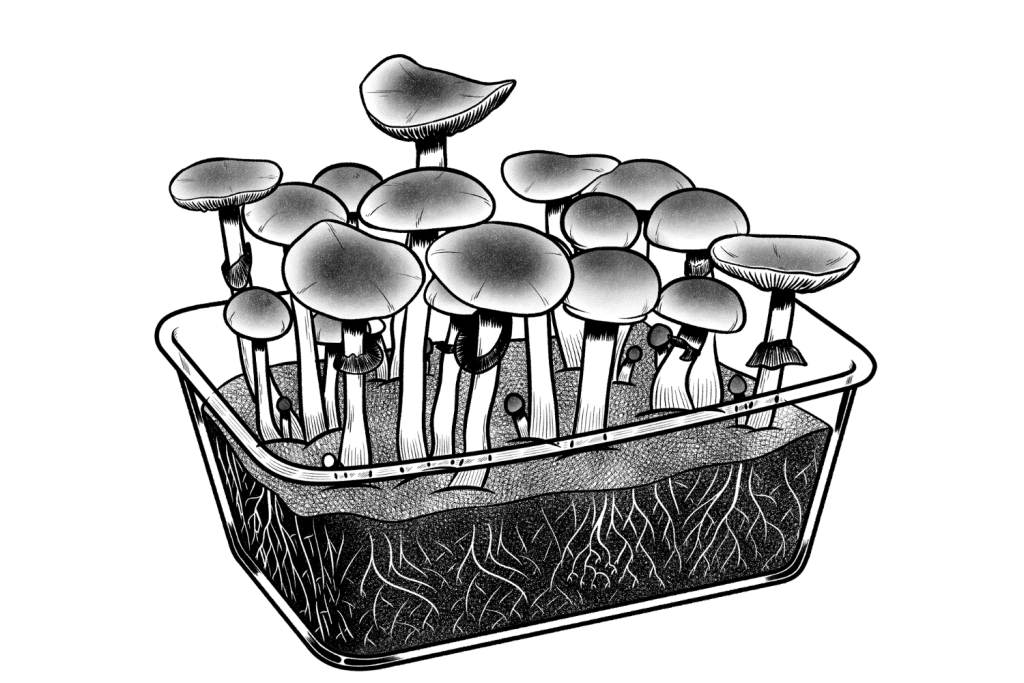
Step 6: Harvest
Once the veil on the bottom side of the fruiting bodies starts to break, your shrooms are ready to harvest. Argentina shrooms provide multiple flushes, sometimes around 10 or more, so be patient with this strain. You can dunk your shrooms in ice water for around 20 minutes if you aren’t getting multiple flushes.
Similar Strains
There are a handful of strains you can look for that are related to Argentina shrooms and will likely produce a similar experience:

The Australian Strain
The Australian strain is a bit more challenging to cultivate successfully than Argentina shrooms, but it is equally as resistant to mold and bacteria. As such, it’s a popular option for intermediate growers looking to get some seriously productive growth cycles with minimal effort.
The effects of the Australian strain are more potent than average, especially if grown in manure.

The B+ Strain
The B+ strain is among the most widely known and loved strains in the world of magic mushrooms. It’s said to be a cross between Psilocybe cubensis and Psilocybe azurescens (debated). It was initially developed by Mr. G — perhaps the most well-known mushroom breeder.
This strain is resistant to mold and bacteria and is another abundant fruiter, just like Argentina shrooms.
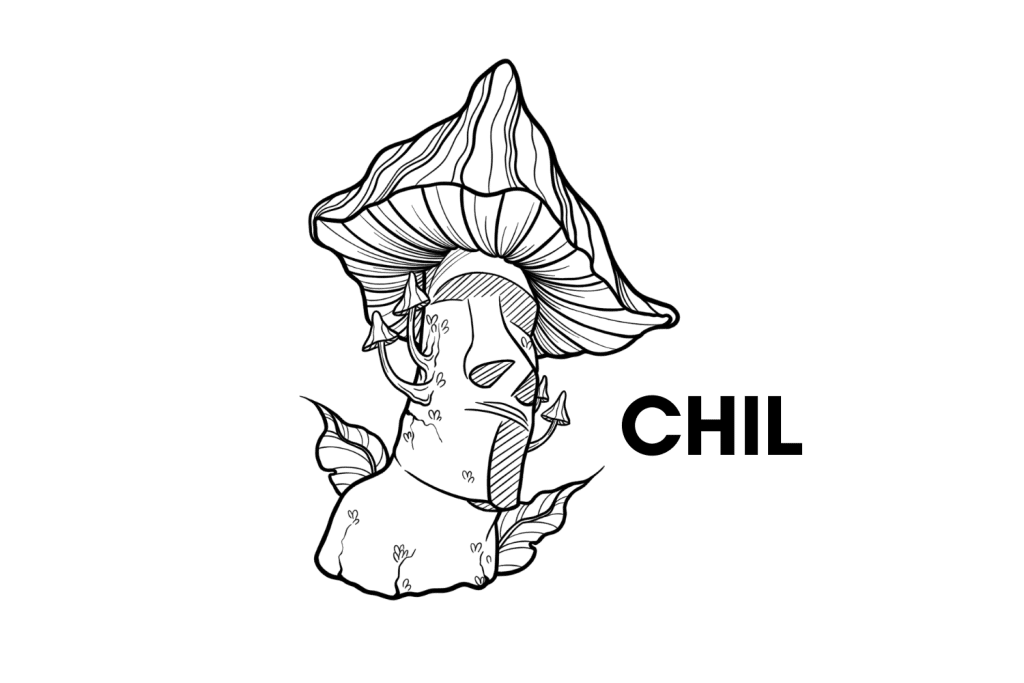
The Chilean Strain
The Chilean strain is also highly resistant to disease and mold, so it’s another popular choice for growers struggling with contamination problems or those who want the maximum number of flushes possible before mold forces them to throw out the cake.
Chilean shrooms are particularly large and do well in higher altitudes. The effects are generally about average in terms of effects — not too strong, not too weak.
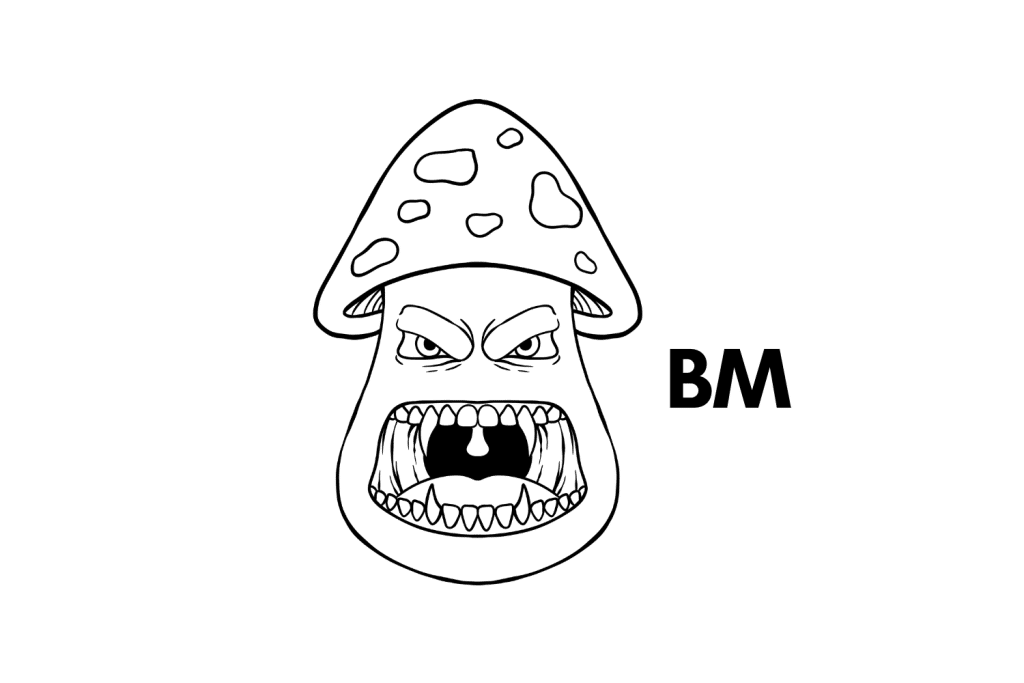
Blue Meanies
Blue Meanies is a confusing name because it refers to a strain of Psilocybe cubensis and a completely separate species — Panaeolus cyanescens.
We’re referring to the Psilocybe cubensis strain here.
Blue Meanies boast a higher potency than Argentina shrooms, but they produce a similar profoundly spiritual experience for most users. Their growth habits are most similar to the Australian strain but have a notably blue tinge to them, which is an indicator of the high psilocybin content contained inside.
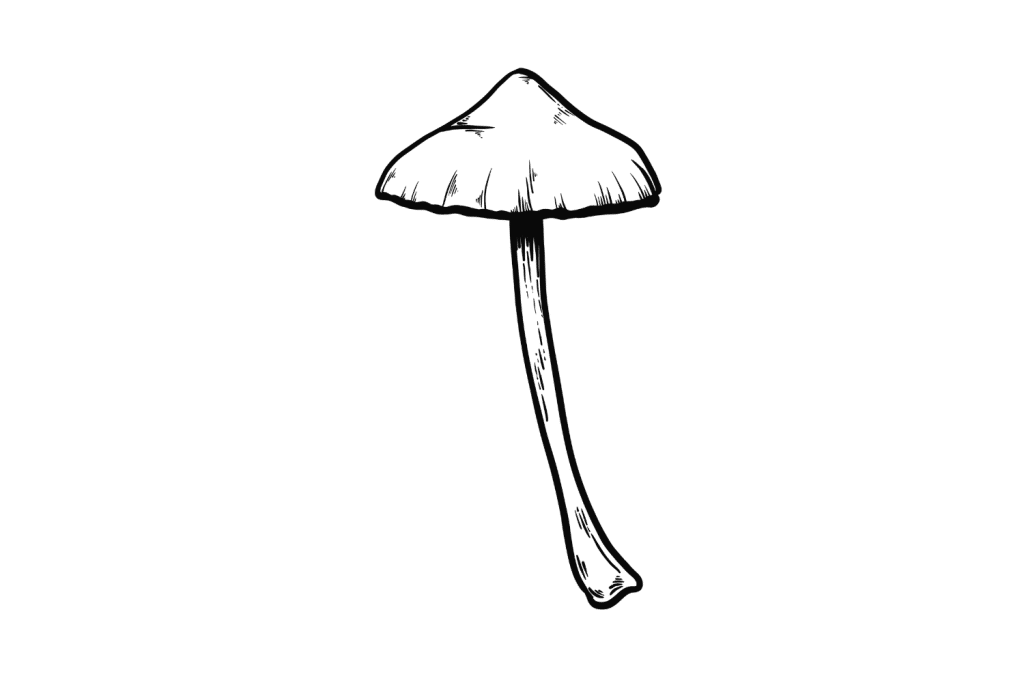
Flying Saucer Mushrooms (Panaeolus azurescens)
Flying Saucers refer to an entirely separate species of mushroom called Panaeolus azurescens. This species is much more potent than Argentina shrooms, but they, too, are known for providing a particularly spiritual experience when consumed.
Most users report feeling a deep connection with the world, just at a higher intensity than Argentina shrooms.
Strains vs. Species: What’s The Difference?
The terms “strain” and “species” are commonly used interchangeably, but these terms offer an important distinction.
A strain refers to a genetic sample of a mushroom that has distinct physical traits — such as a taller stem, higher psilocybin content, or alterations in coloration. When we talk about magic mushroom strains, we primarily refer to subgroups of the Psilocybe cubensis species.
A species is the greater scientific classification given to mushrooms (or any organism) that have distinct genetic makeups. Many species also look dissimilar, but they have significant differences in their genomes that account for those differences. The differences between strains are accounted for by how the mushroom grows, including the soil quality and the climate in the area. Two separate species of mushrooms can’t reproduce together — only members of the same species can produce viable offspring.
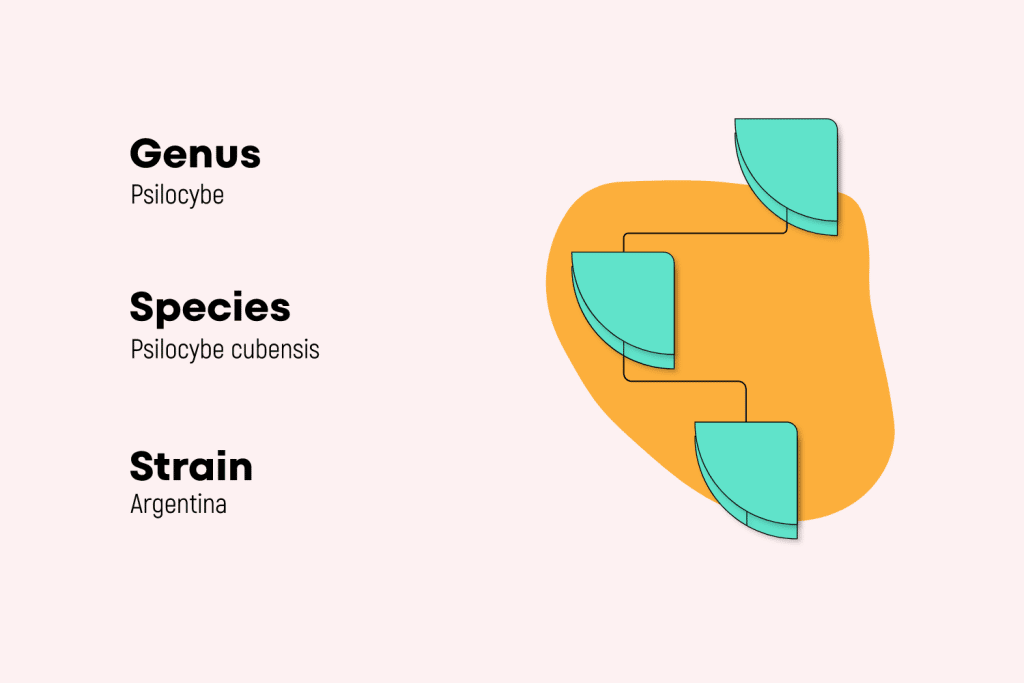
An excellent example of this is looking at horses and mules. A horse (Equus caballus) can technically mate with a donkey (Equus asinus) to produce a mule, but the mule will always be sterile. The same is true for mushrooms — while it may be possible to produce offspring, the progeny either can’t survive or won’t be able to produce the next generation.
The most popular species of magic mushroom is Psilocybe cubensis. Other species include Psilocybe semilanceata (Liberty Caps), Psilocybe azurescens, and Psilocybe tampanensis. There are hundreds of different strains within these species, all of which have different levels of psilocybin and psilocin, and physical traits, like albinism, cap size and shape, stem size, and resistance to mold and disease.
